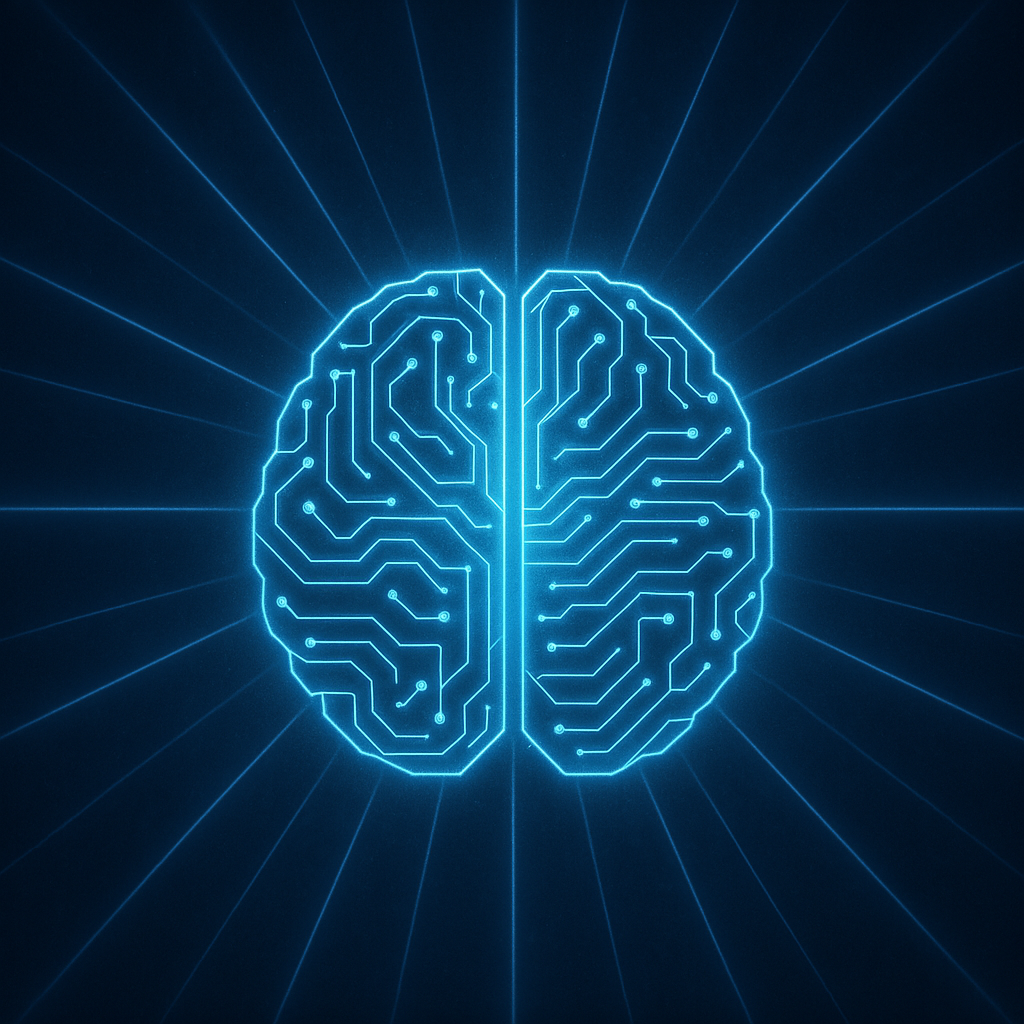To forecast the future of artificial intelligence, we must go beyond predictions and dive into trendcasting in AI—spotting the deeper shifts that often go unnoticed. And one trend is clear: we’re giving too much credit to General AI and not nearly enough to the Narrow AI systems already transforming our lives.

Trendcasting in AI Through History
Artificial Intelligence began in the 1950s, just after the first digital computers appeared. From the start, we imagined machines that could reason like humans—but better. This gave rise to the dream of General AI.
In 1965, Herbert Simon predicted that “machines will be capable, within twenty years, of doing any work a man can do.” That didn’t happen. Unrealistic expectations and slow progress triggered the AI Winter of the 1970s and ’80s.
Tech progress feels slow—until it doesn’t.
Narrow AI: The Silent Disruptor
Today, we’re not seeing General AI take over. We’re seeing Narrow AI—focused systems that do one thing really well. Think voice assistants, fraud detectors, or recommendation engines.
According to the HealthIT.gov AI overview, narrow AI is already reshaping diagnostics, administration, and healthcare delivery.
Consequently, this is the real shift highlighted by trendcasting in AI: powerful tools that change lives without pretending to be human.
The AI Effect and Tesler’s Theorem
“Every time we figure out a piece of it, it stops being magical.” — Rodney Brooks
Once a tool works, we stop calling it AI. That’s the AI Effect.
According to Wikipedia, Tesler’s Theorem says: “AI is whatever hasn’t been done yet.”
So we overlook the systems around us: calculators, autocorrect, even chat filters—all narrow AI systems doing important but “invisible” work.
How Machine Learning Changed the Game
Machine learning, especially deep learning, is the backbone of this narrow revolution. These models learn from data—improving automatically.
Your music app knows your taste. Your bank flags fraud.
But these systems don’t think—they just optimize.
That’s a key insight from trendcasting in AI: we’re not building minds; we’re building tools.
Why Trendcasting in AI Often Misses the Point
Most trend forecasts chase the dream of General AI. Sentient chatbots. Digital souls. But we’re not there—and maybe never will be.
As Rodney Brooks points out, recognizing images or predicting failure doesn’t mean understanding context, ethics, or consequence. That’s the complexity of real intelligence.
What Trendcasting in AI Should Focus On
The real transformation comes from narrow AI solving problems quietly, reliably, and efficiently.
To illustrate this shift, ride-hailing apps, for instance, have reduced ambulance usage by up to 7% in cities, according to a National Bureau of Economic Research study. That’s AI changing behavior and infrastructure—without headlines.
These systems won’t develop opinions or empathy. But they will keep shaping how we work, live, shop, and think.
The AI Future Is Narrow—and That’s Good
If trendcasting in AI is about spotting where we’re really headed, it’s not toward a digital overlord. It’s toward tools that become extensions of human decisions—more precise, more scalable, but still limited in scope.
We don’t need AI to be like us. We need it to be useful. And narrow AI already is.
Other posts you might be interested in:


